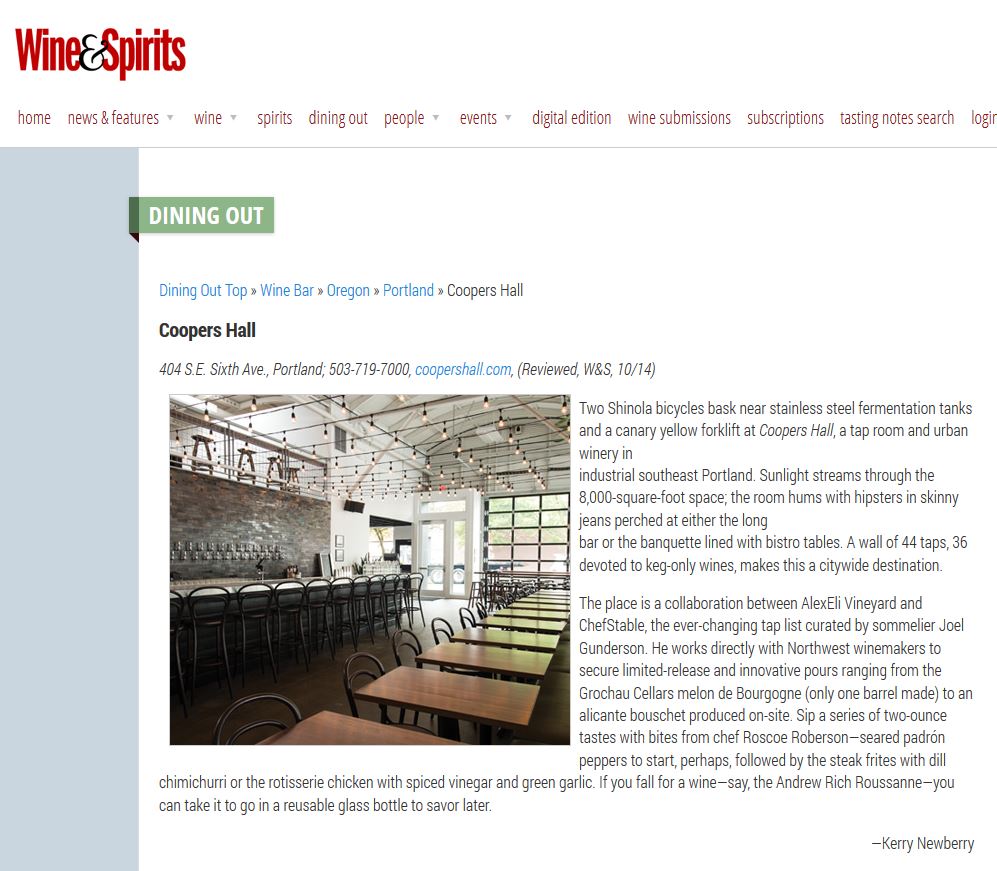Firehouse Restaurant’s Garden Yields an Abundant Annual Harvest

Oregonian’s MIX Magazine, September 2013
At Firehouse Restaurant in Northeast’s Woodlawn neighborhood, the staff of 13 not only cooks together, they dig together. And they plant and harvest together, too. All just steps from the kitchen door.
The restaurant is blessed with a large, sunny outdoor space filled with planting beds that produce many of the herbs and seasonal vegetables that appear on the menu. The staff puts seeds and starts in the ground each spring, then celebrates with a harvest party at the end of summer.
What began as a fun project for chef-owner Matthew Busetto now defines the ethos of the restaurant. “It’s become the centerpiece of what we do in the spring and summer,” he says.
“A restaurant is a place to cook, eat and be around people that you love,” he continues. The garden is one way to build that connection. Even in winter, when much is dormant, the kitchen garden shines. The chef points to a persimmon tree, his favorite in the garden. “When all is bare in winter, there’s still beautiful ripe orange fruit hanging from the tree.”
The cycle begins each spring after a group vacation. This year the crew traveled together to Baja Mexico. A few days later, sun-kissed and refreshed, everyone from the sous-chef to the husband-and-wife dishwashing team pruned hardy rosemary bushes, and sprawling lavender.
Chef-owner Matthew Busetto and his wine director, Steven Gardner, seeded heirloom lettuces and tomatoes, carrots and radishes into three raised garden beds. With his fingers crossed for a hot, sun-soaked Indian summer, sous-chef Connor Martin popped in a handful of Calabrese pepper seeds his girlfriend brought back from her mom’s garden in Campania, Italy.
A California native with a penchant for simple, fresh, seasonal ingredients, Busetto always envisioned a kitchen garden when he began renovating the century-old firehouse on the corner of Northeast Dekum Street five years ago. “It just makes sense,” he says, of growing food steps away from the restaurant kitchen.
The Neapolitan-style pies and regional pastas the restaurant is known for often feature a highlight from the garden. Actually, most dishes do. And nothing is wasted. Surplus produce, such as figs, get preserved to prolong the harvest, and even leaves from the grape vines are used as wrappers for savory fillings, like chicken and risotto.




